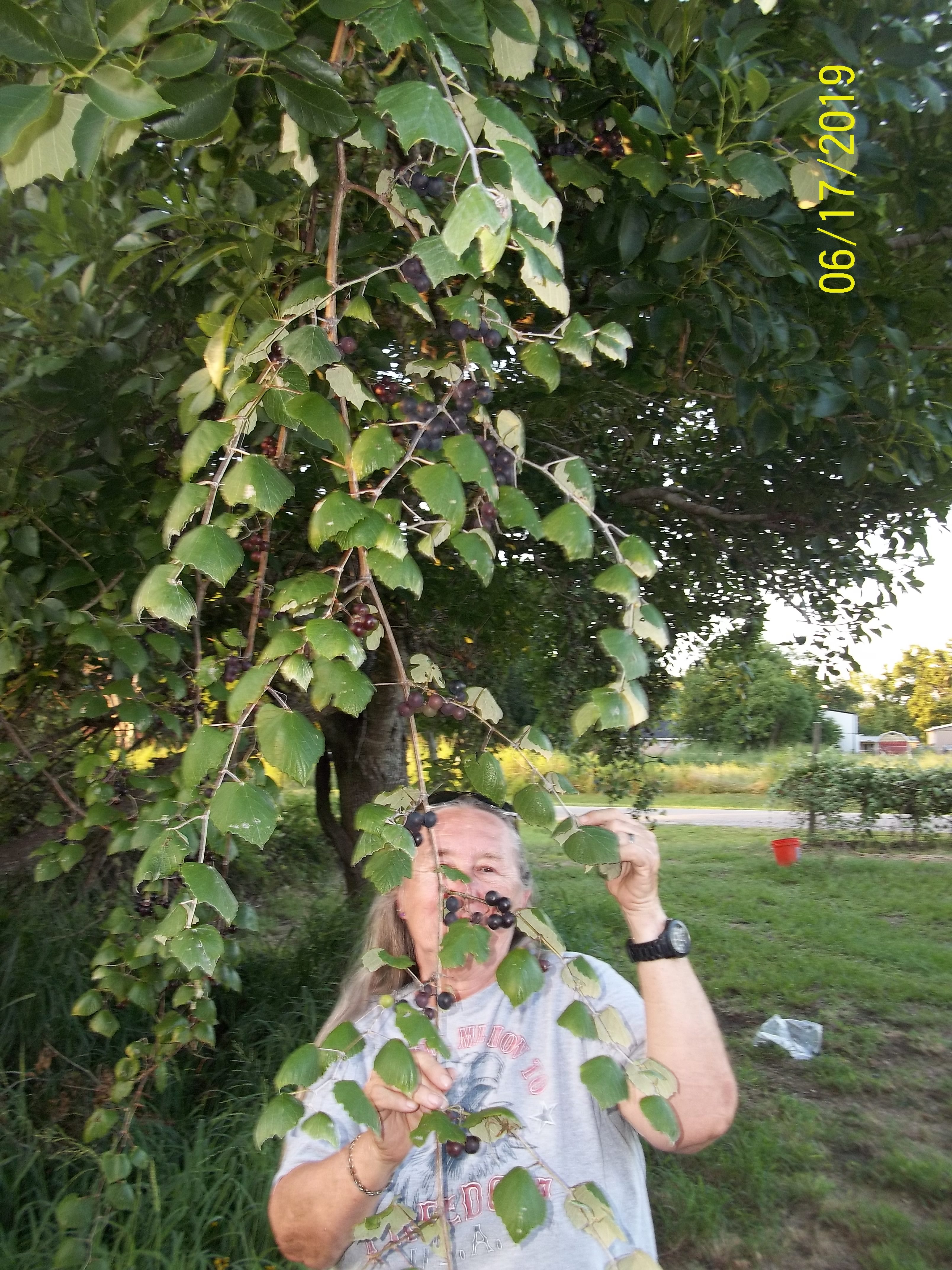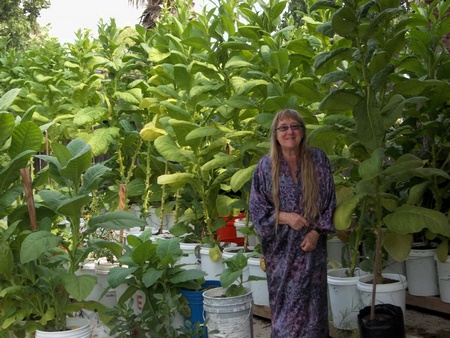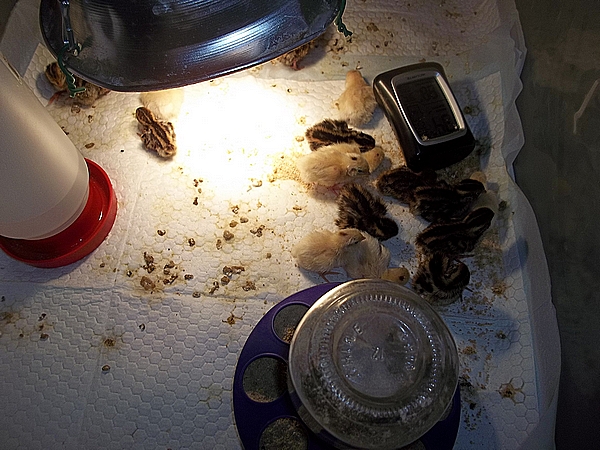Reclaiming, Raising and Maintaining Wild Muscadine Grapes
Reclaiming, raising and maintaining wild muscadine grapes can be both a joy and a heartbreaker at the same time! We just found a piece of property that we could afford and are quite happy with it! It has sandy loam soil and wild muscadine grapes! We were getting pretty frusterated with the black gumbo “dirt” we now use. You know the kind……………………………. one minute you bog to your freaking knees in the wet stuff OR when dry.. you lose your small dogs in the cracks! The property is totally invaded with wild muscadine grape vines! We are excited and hope to improve the planting after years of neglect.
Wild Muscadine Grapes: Information
SCIENTIFIC INFORMATION FROM WIKIPEDIA: Vitis rotundifolia, or muscadine,[1] is a grapevine species native to the southeastern and south-central United States from Florida to Delaware, west to eastern Texas and Oklahoma.[2] It has been extensively cultivated since the 16th century.[3] The plants are well adapted to their native warm and humid climate; they need fewer chilling hours than better known varieties and they thrive on summer heat. Muscadine berries may be bronze or dark purple or black when ripe.[4] However, many wild varieties stay green through maturity. Muscadines have skin sufficiently thick and tough that eating the raw fruit is similar to eating a plum and may be an acquired taste.[5] Muscadines are typically used in making artisan wines, juice, and jelly. They are rich sources of polyphenols.[6] In a natural setting, muscadines are important plants for improving wildlife habitat by providing cover, browse, and fruit for a wide variety of animals.[7]
VINES ARE INCREDIBLY LONG LIVED!
Vines can live for decades and are very disease resistant. Check out "The Mother-Vine" which is thought to be 400+ years old and still growing strong! It covered 2 acres at one time! Now contained in a much smaller area but still thriving and managable!400+-year-old wild muscadine vine! It once covered over 2 acres!
Muscadines are heart healthy! They contain lots of anti-oxidants!
Our Project: Tame the Grapes!
Here is what we basically have with the new property. LOADS of grape vines! They are totally wild. They have not been cultivated and are not producing a fraction of what they could with good stewardship. Armed with Google and the unreal excitement that owning a prize like this, we hope to change this wriggling mass of vines into a productive arbor both for grape production and a comfortable haven to relax in. The soil is perfect for grapes! A sandy loam that drains well and the hot climate makes the perfect storm.
WILD MUSCADINE GRAPES FACTS:
- In the wild, muscadine grape vines are from 52-72% male plants.
- Male plants do not produce grapes!
- Grapes grow on new shoots from one year old canes or vines.
The Batchlor Parlor: Our Male Planting
Above is the large male vine cluster on the property. It is overgrown and the vines were laying on the ground for up to 6'. It seemed that originally, the vine grew up the trunk of the small trees and the poor tree kept growing from the roots and spreading hoping to get some light to grow. As the vines kept covering the trees, they died, in some cases and became support for the thriving vines, some of which are about 4" in diameter! The previous owners bush-hogged the area and that was a brutal pruning in itself which negates the theory of imp[roper pruning. After such an event, there would have been 1 year old canes capable of making the fruiting canes in the current season. The entire planting being comprised of only male plants and therefore not able to produce grapes was the cause!
The picture does no justice to the stand without something for a reference scale 🙂
So, here is Sheila, all 5-1/2' of her for reference! The vines were running on the ground 6' when we trimmed them! Loads of vine and not a dang solitary grape! It turns out that the vines are all male!Sheila standing by the wild muscadine grape "Woman Haters" area. It is occupied only be male plants that produce no grapes! She is about 5 1/2' tall which makes the stand of vines about 24' tall and 60' in diameter!
The male planting is dwarfing Sheila!
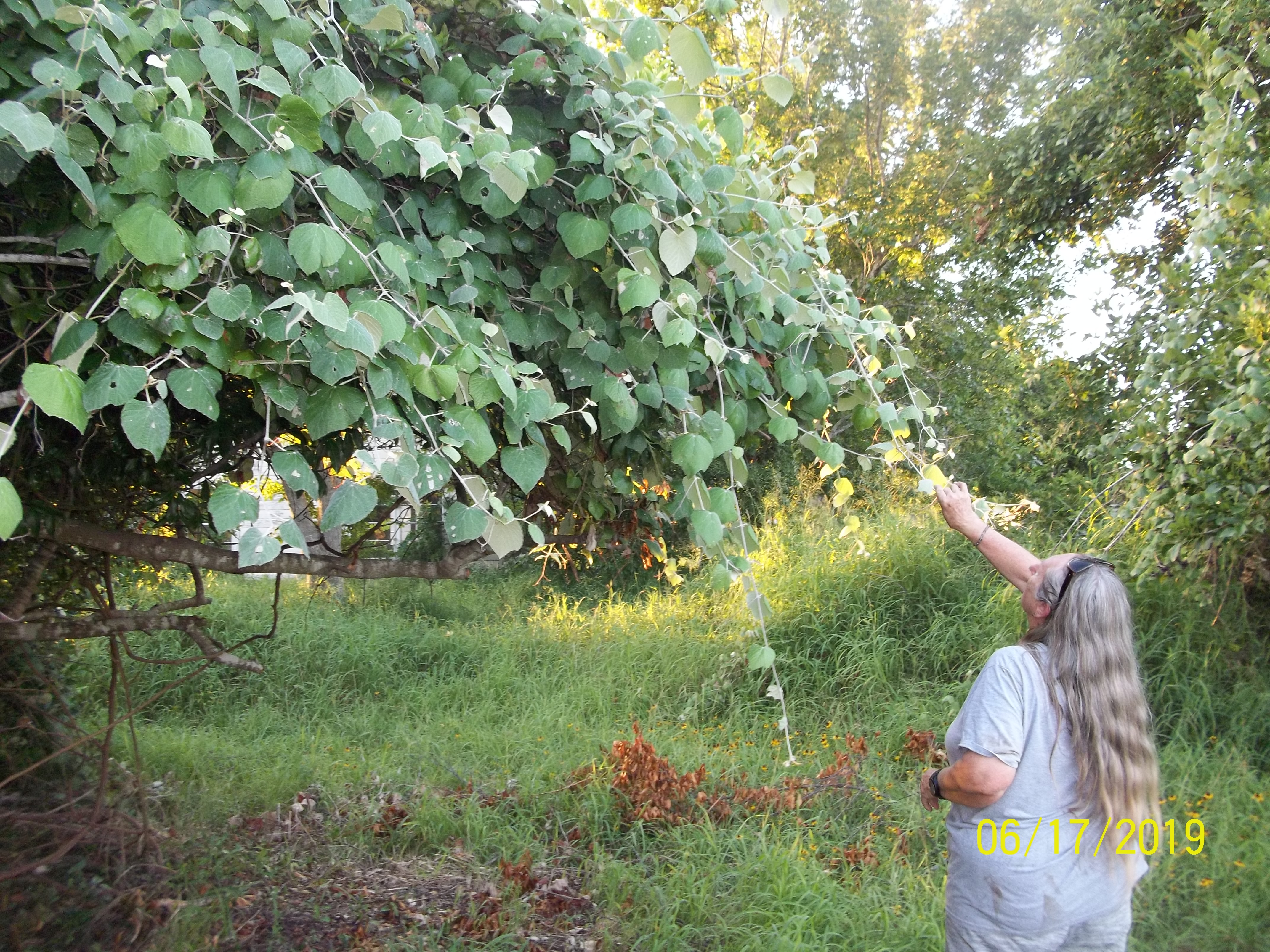
The pictures below are a part of the large and tall female vine cluster!
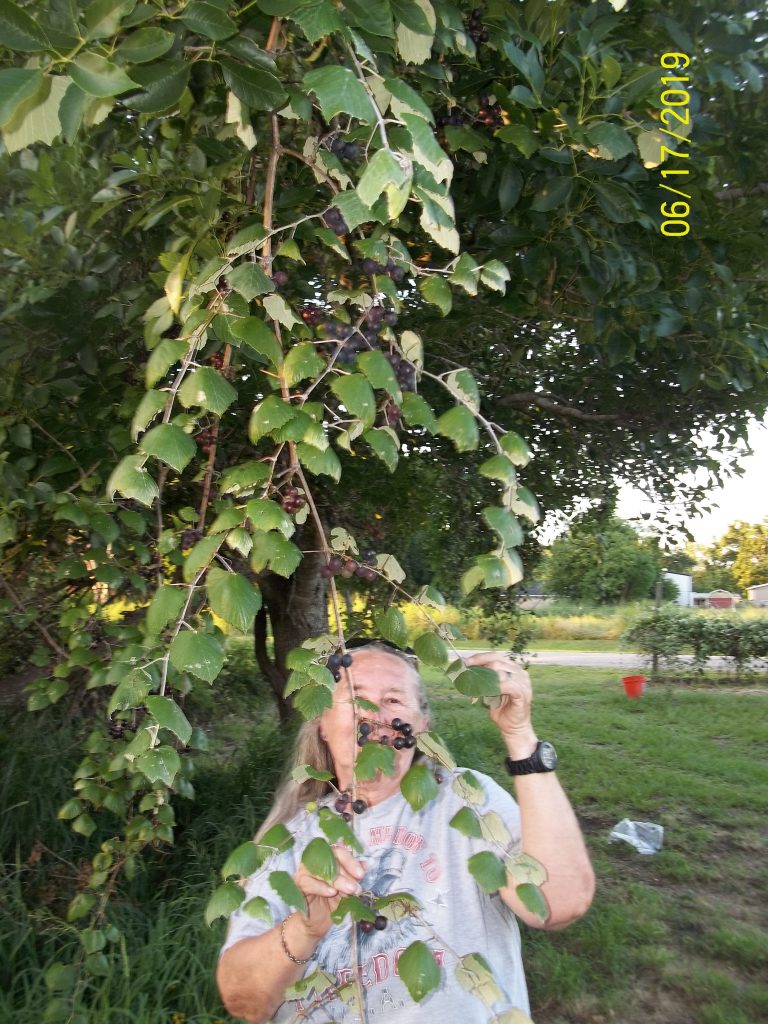
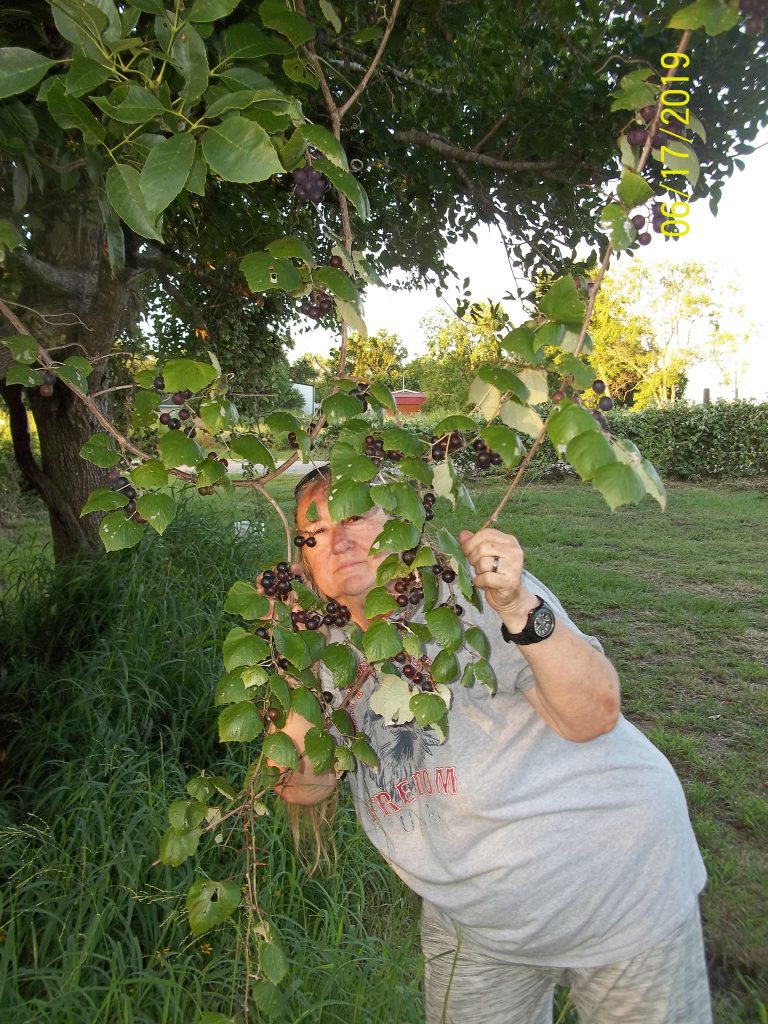
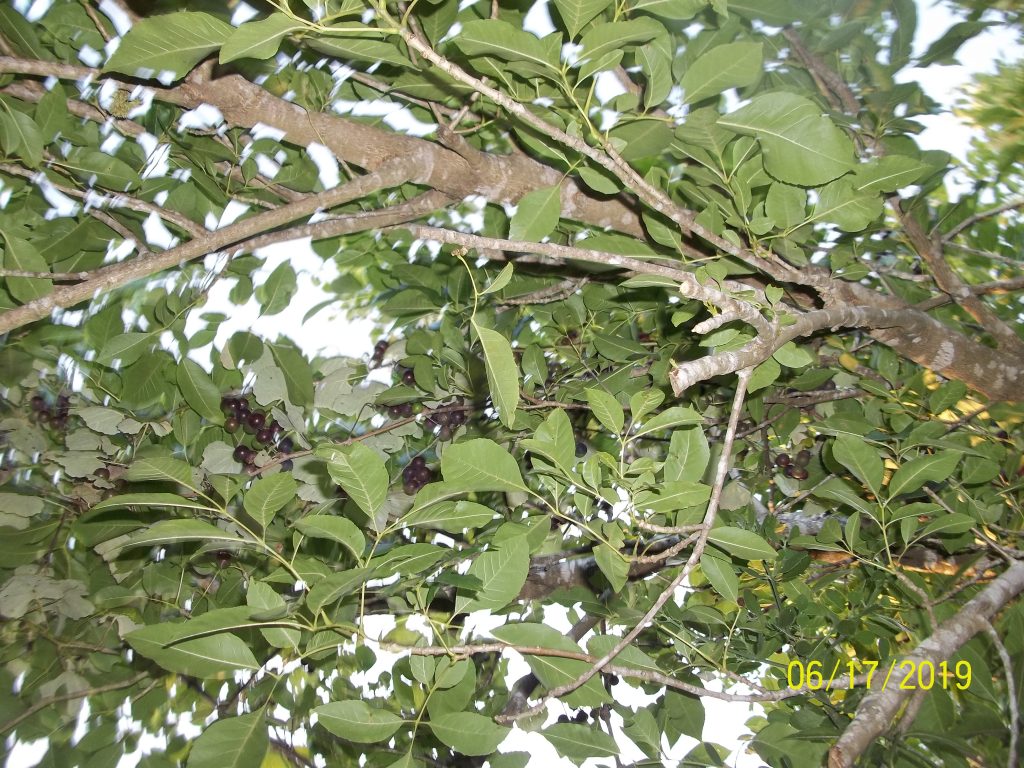
Currently we are thinking we have 2 main female vines. The leaves are the same but the grapes certainly are different sizes and also a little behind each other in ripeness. Some almost ripe and other whole clusters are green.
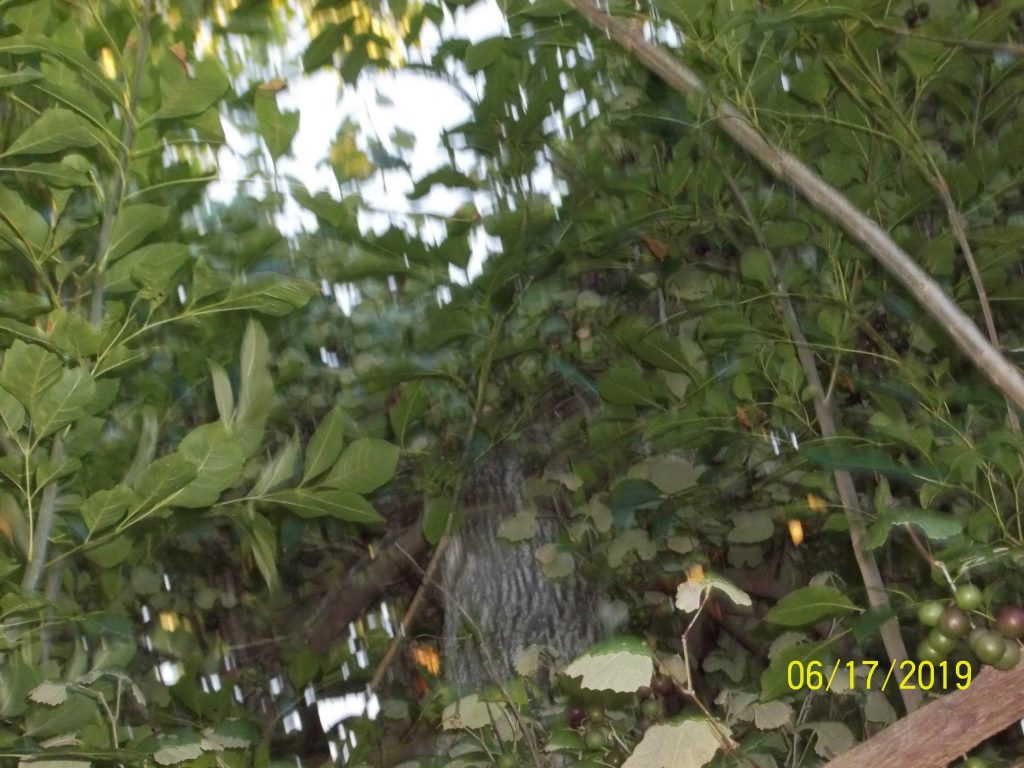
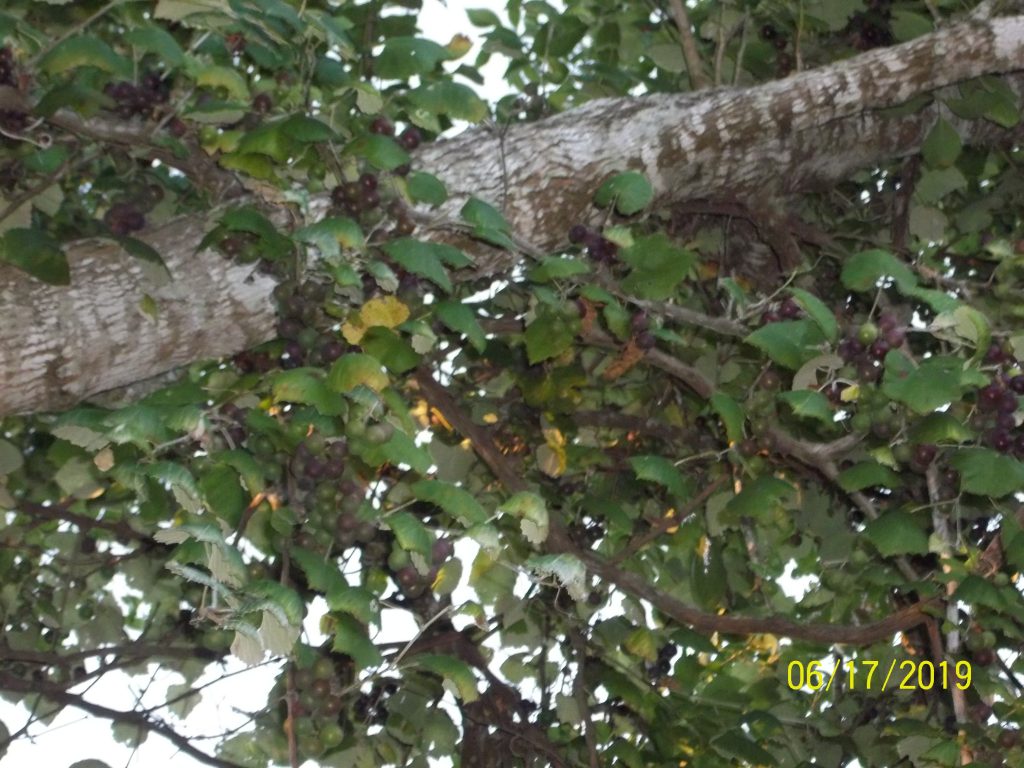
Front Fencerow: Happy Mix of Sexes
The front of the property has an overgrown fencerow with producing vines. While removing the Johnson grass and assorted underbrush, we found a nice amount of grapes in the cleared area and towards the uncleared end.. not so much. There is also a few mustang grape vines but none have grapes on them.

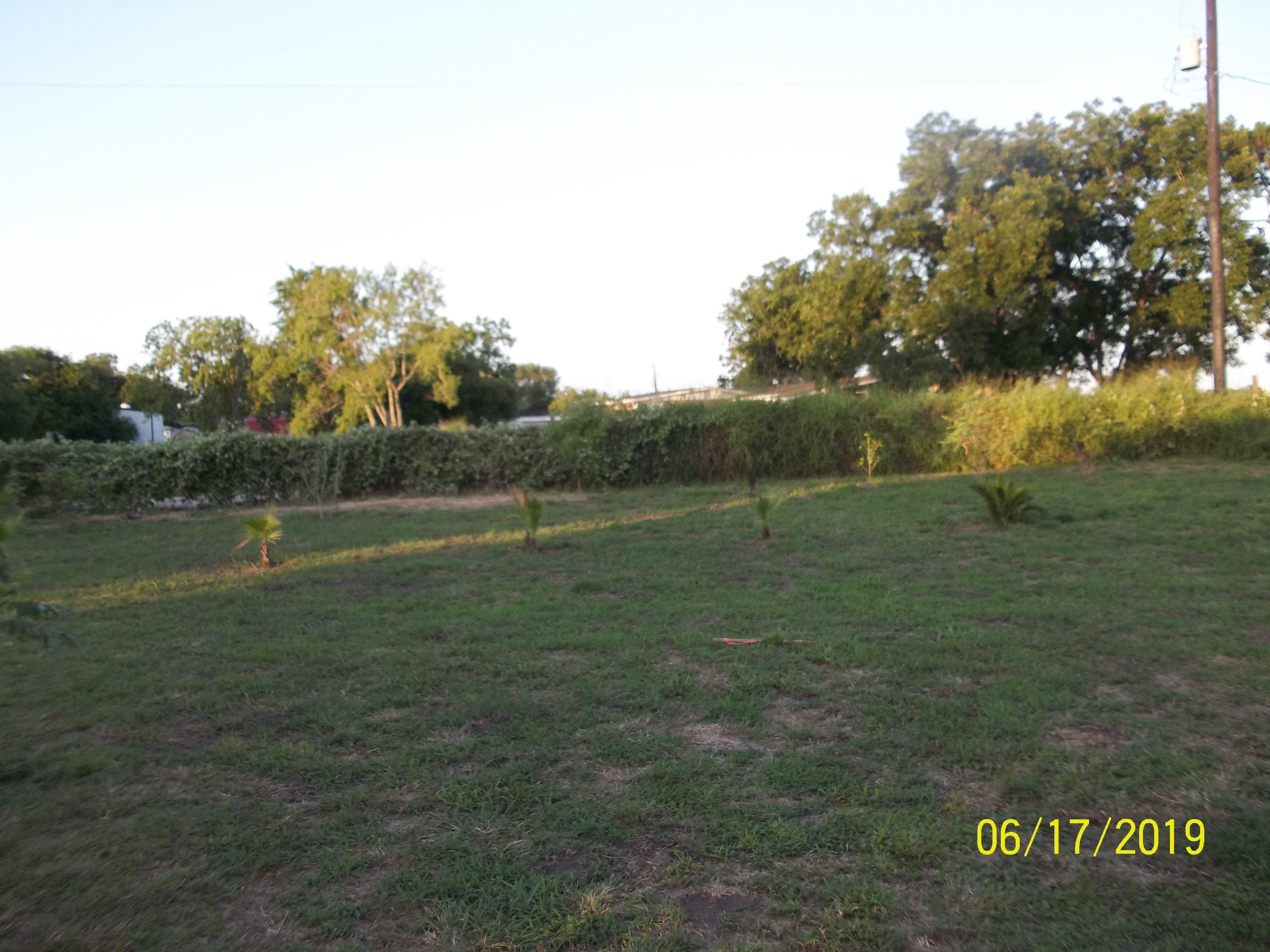
Future Restoration Steps:
- Finish clearing undergrowth
- This spring we will most likely cut a few of the smaller vines down and graft female buds on them. The female buds remaining female even though the rootstock is male. Hopefully, we will get the large male stand to produce grapes as well as encouragement.
- Plant a few more self-polinating varieties to produce budstock
- Decide wether to totally remove the tree growth and train in an arbor of sorts

